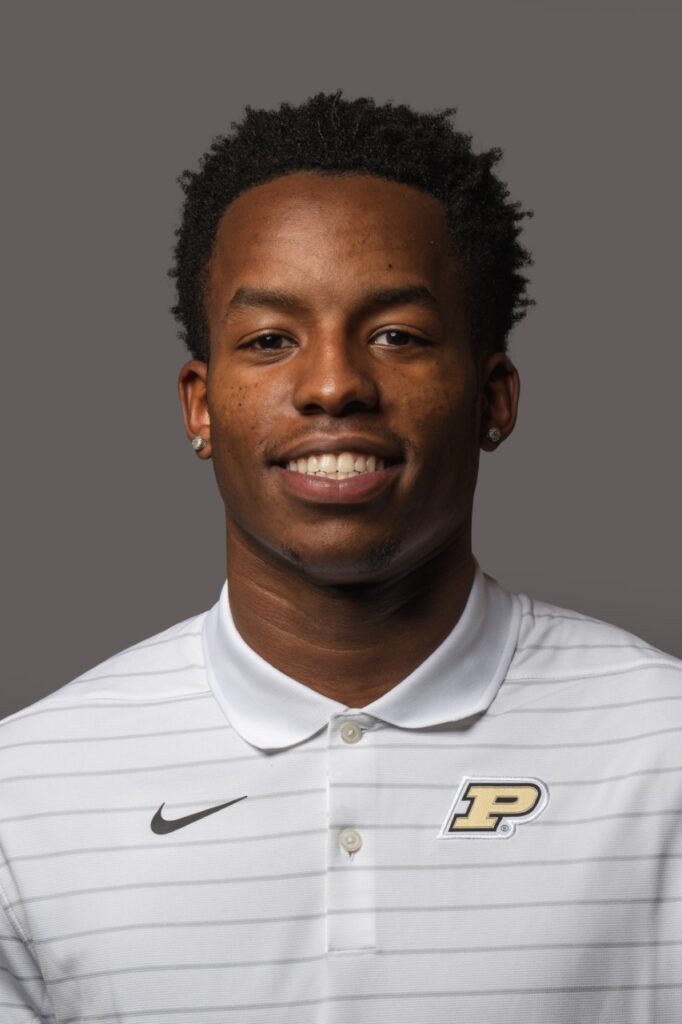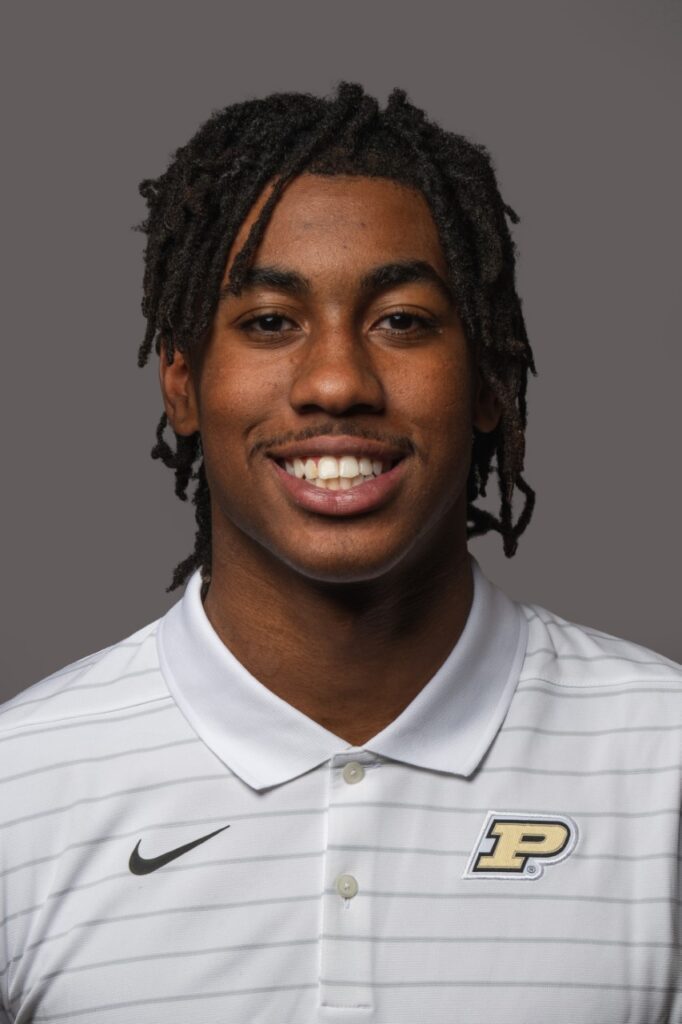Reflecting on Sportsmanship with Andy Griffith



One of my earliest examples of sportsmanship didn’t come from my Bronco League baseball team or my Murdock Elementary football and basketball teams.
I like to watch reruns of the Andy Griffith Show whenever possible, preferably the black and white episodes. One that stands out to me was called “Medal for Opie,” which originally aired 60 years ago.
Ron Howard may be best known today as an Oscar-winning director but he was a heck of a child and young adult actor (“Happy Days,” “American Graffiti”) as well. “Medal for Opie” was one of his finest moments. Opie is determined to enter the 50-yard dash at the Annual Sheriff’s Boys Day races and is positive he’s going to win a medal.
Not only does Opie have a dream that he wins multiple medals, he even prays to win. But sometimes, the answer to our prayers is no.
When Opie comes in last, he is devastated and walks away from not only his friends but his pa, the sheriff. Later at home, Andy tries to explain to his son about being a good loser. The lesson doesn’t immediately sink in with Opie, who believes the medal was rightfully his and that the winner took it away from him.
What does sink in to Opie is Andy expressing his disappointment in him. While still not understanding the concept of being a good loser, which isn’t the same as liking to lose, Opie tells his father he doesn’t want to disappoint him and he’ll try to understand.
Walking through a handshake line and telling an opponent “good game” or something similar after a tough loss isn’t easy. But it is a part of athletic competition, from grade school to the professional level.
That’s why it’s important that incidents like Michigan coach Juwan Howard’s slap of a Wisconsin assistant become a teaching moment and not an excuse to end handshake lines.
We can debate whether a five-game suspension and $40,000 fine for Howard, a $10,000 fine for Wisconsin coach Greg Gard and one-game suspensions for three players was enough or too lenient.
Big Ten commissioner Kevin Warren made it clear in his decision, in conjunction with the two schools, that an incident like this must not happen again
“Big Ten Conference coaches and student-athletes are expected to display the highest level of sportsmanship conduct,” Warren said. “Our expectation is that the incident (Sunday) will provide our coaches and student-athletes with the opportunity to reflect, learn and move forward in a manner that demonstrates decorum and leadership on and off of the court.”
2-22-22 and Purdue
In celebration of Tuesday’s “2s” day, let’s take a look at the best Purdue basketball and football players to wear the numbers 2 and 22. First up, men’s basketball.
Eric Hunter Jr.: The current owner of jersey No. 2, the senior has been playing some of his best basketball during the past month to put the Boilermakers in contention for their 25th Big Ten Conference championship. During the past 10 games, Hunter has averaged 9.3 points and shooting 58 percent from the field (34 of 58).
David Teague: Purdue’s best to wear No. 2, Teague will be remembered for dropping 32 points on Indiana in 2007. Teague, along with Carl Landry, also will be fondly recalled for giving Matt Painter’s coaching career at Purdue the jump start it needed with an NCAA tournament berth.
Joe Barry Carroll: The best to wear No. 22 at Purdue, Carroll was an All-American center who led the Boilermakers to their most recent Final Four in 1980. He also owns the only triple-double in Purdue men’s basketball history with 16 points, 16 rebounds and a school record 11 blocked shots during his sophomore year against Arizona.
Cuonzo Martin: The Robin to Glenn Robinson’s Batman while wearing No. 22 in the mid 1990s, Martin transformed himself by his junior season into one of the Big Ten’s most lethal 3-point shooters. He set the school record for 3-point shooting percentage (.451) and averaged 18.4 points a game as a senior to earn first-team All-Big Ten honors.
Bob Ford: A team MVP as a junior in 1971, Ford scored 1,244 points and grabbed 648 rebounds in three seasons wearing No. 22.
Jaraan Cornell: The final No. 22 in the basketball countdown was a member of the 2000 Elite Eight team. Cornell left Purdue with a record 242 3-pointers made.
Purdue football has been fortunate to have several talented athletes wear No. 22, led by:
Larry Burton: One of the fastest to ever play for the Boilermakers, he was an All-American in 1974 after leading the Big Ten in receptions (38) and receiving yards (702) to go along with four touchdowns.
Dave Rankin: The two-time All-American end (1939-40) was a member of Sports Illustrated’s Silver Anniversary All-American team in 1965.
Stan Brown: A taller version of Rondale Moore, Brown led the Big Ten with 108 points in 1969. He set Big Ten records for kickoff returns for touchdowns (3 in 1970) as well as career kickoff returns for TDs (5) and career return average (28.8).
Jimmy Young: A two-time All-Big Ten defensive back who earned a place in Boilermaker lore with his game-saving interception of Trent Green in the end zone with 16 seconds remaining in the 1992 Old Oaken Bucket game.
End of the line
A Super Bowl berth with the Cincinnati Bengals capped the eight-year NFL career of former Purdue star Ricardo Allen, who announced his retirement on Instagram earlier this week.
“I’ve always wondered how it would feel giving up what most people would consider to be ‘most of me’ and that’s being a professional athlete,” Allen wrote. “But the truth is, I’m blessed to be able to say that it’s been good. It could have been better with two Super Bowl rings, but who’s complaining? Not me.”
A defensive back, Allen retires with 11 interceptions and 333 tackles in his career, seven years of which was spent with the Atlanta Falcons.
His retirement leaves Purdue with nine players on active NFL rosters: Markus Bailey (Cincinnati), Derrick Barnes and David Blough (Detroit), Ja’Whaun Bentley (New England), Anthony Brown (Dallas), Dennis Kelly (Green Bay), Ryan Kerrigan (Philadelphia), Rondale Moore (Arizona) and Raheem Mostert (San Francisco).
That number will be boosted in 2022 with likely first-round pick George Karlaftis and possible second-round selection David Bell. Potential late round draft picks/free agents include linebacker Jaylan Alexander and running back Zander Horvath.
Basketball notes
Not since the 1987-88 Big Ten championship team went 26-2 has a Purdue team had a better record after 28 games than the current Boilermakers at 24-4.
Purdue has had 24-4 records or better five times in school history and in three of those seasons (1988, 1994, 1996) the Boilermakers earned a No. 1 seed in the NCAA tournament. Robbie Hummel’s torn ACL cost Purdue a shot at a top seed in 2010 and a crushing loss at Michigan in 1987 handed the No. 1 seed and a favorable tourney start in Indianapolis to eventual national champion Indiana. …
Jaden Ivey’s 15 of 18 day at the free throw line against Rutgers were career highs. The 15 made free throws were the most for a Boilermaker since Willie Deane made 17 against Ohio State on Jan. 29, 2003. …
If you’re looking for trends to measure potential Purdue success the rest of the regular season and in the Big Ten/NCAA tournaments, the Boilermakers are 6-0 on Sundays and 23-1 on all days other than Thursday (1-3). …
Trivia question: Against which Big Ten team does Purdue hold the most series victories? If you answered Northwestern, give yourself a gold star. The Boilermakers own 134 victories over the Wildcats as well as an 11-game winning streak against Northwestern.
– Kenny Thompson is the former sports editor for the Lafayette Journal & Courier and an award-winning journalist. He has covered Purdue athletics for many years.
